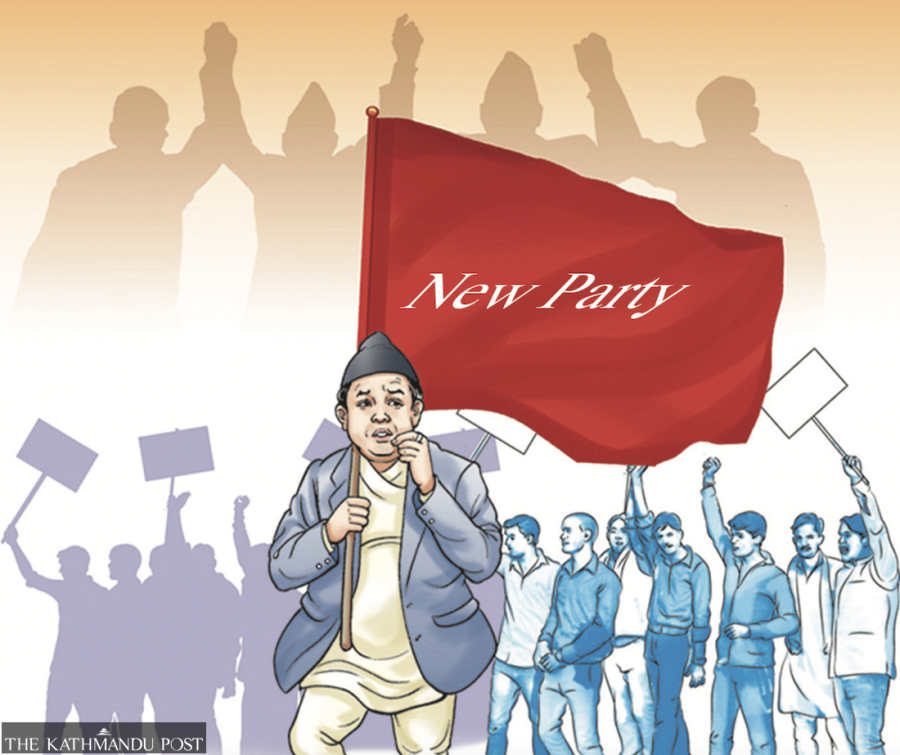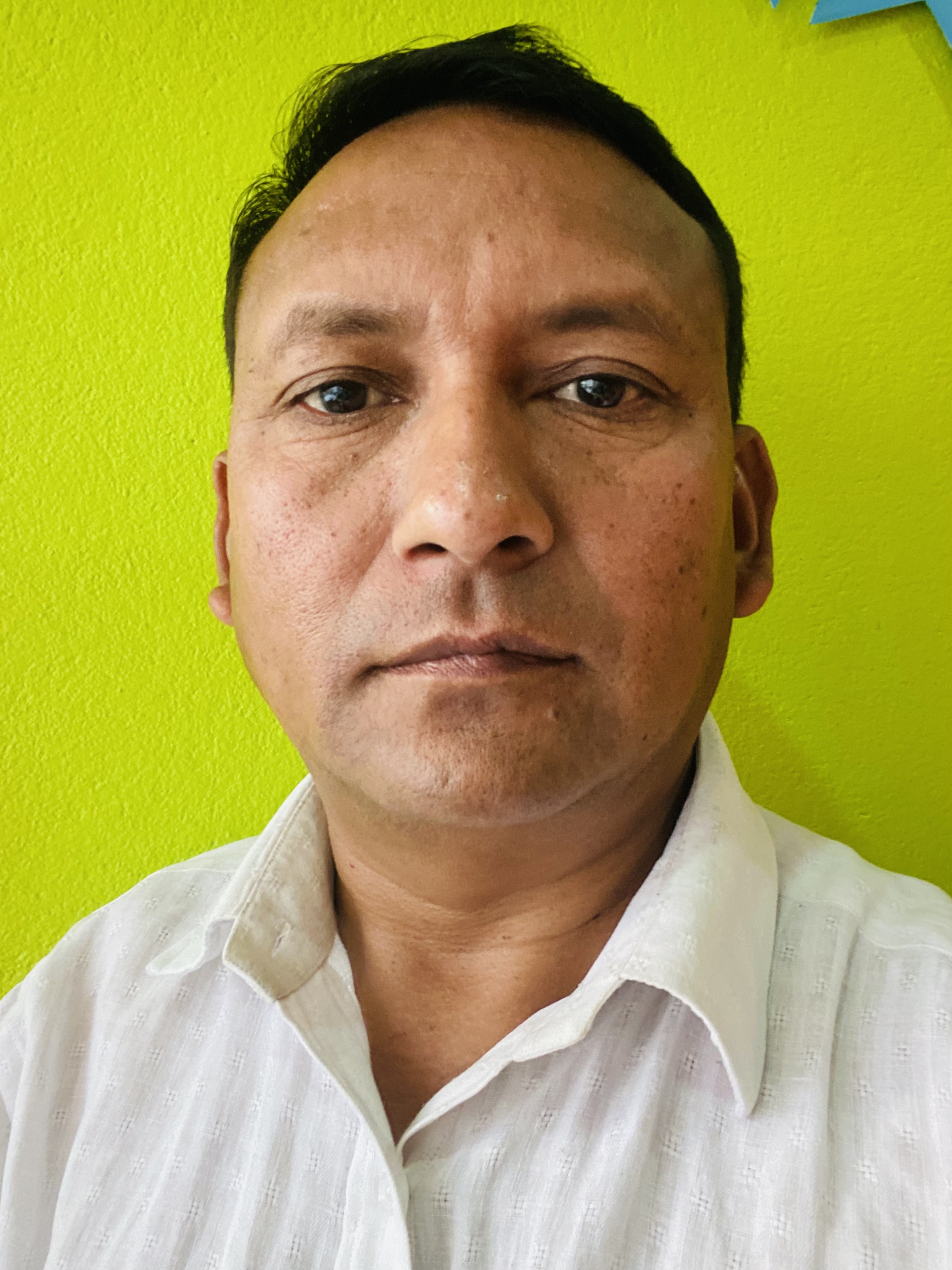Columns
Old medicine in new bottles
Only an alternative political force under Dalit leadership will end the neglect of Dalit issues.
Mitra Pariyar
The idiom “old wine in new bottles” is old but still famous. It is also mentioned in the parable of Jesus in the Bible. Yet, this idiom should be rephrased into “old medicine in new bottles”. I’m no connoisseur of drinks, yet I know that maturing over time enhances the quality of alcohol: Its aroma, taste and colour become more affluent. But date-expired medicine is useless, if not toxic. So, why not say, “old medicine in new bottles” instead?
I’m alluding here to Nepal’s potentially alternative politics. I wish to consider the potential efficaciousness of this new and alternative politics that, in many people’s minds, has a bright future in the days ahead. It is believed that the support for the established parties—Nepali Congress, UML, Maoist—is rapidly eroding, thus creating a space for the new parties and leaders to emerge.
We’ve already seen signs of that, especially with the impressive rise of Rabi Lamichhane’s Rastriya Swatantra Party and that of Balendra Shah and Harka Sampang as mayors of two prominent towns in Nepal. But I have few hopes even from these new players. They don’t have much to offer, especially in terms of attacking the caste hierarchy and ritual pollution that have dominated and dehumanised Dalits for a very long time.
Zero interest in Dalit issues
All the older and established parties—big or small, communist or democratic—have stopped talking about the entrenched problem of caste hierarchy and untouchability. Even Dalit leaders attached to these parties have opted to remain silent. This total apathy all around has angered ordinary Dalits greatly. But sadly, there’s little concern on the part of the new parties and leaders as well.
I recently had a window of opportunity to understand the utter lack of interest in Dalit issues amongst the champions of so-called alternative politics. It was a small gathering hosted by the Nepal Samajbadi Party, led by former Maoist ideologue and Prime Minister Baburam Bhattarai, in Kathmandu. Keen to ally with the new groups, Bhattarai purposely didn’t invite representatives of the older and established parties.
There was a sort of informal debate and discussion on the need for an alternative political power to tackle the country’s burning issues and open new highways for the nation’s durable peace and prosperity. Fighting corruption was a major concern, of course. However, it seemed they sought an alternative to everything except caste hierarchy and untouchability.
Controversial Home Minister Rabi Lamichhane, Cambridge-educated CK Raut, Tharu leader Resham Chaudhary, youth leader Ranju Darshana, some independent writers and thinkers, and ethnic activists were among the speakers. They didn’t even mention Dalit and untouchability, let alone raise the matter forcefully. This showed how, even among the new and younger political players, the persistent plights of Dalits don’t count as a problem.
I was equally surprised that the organisers did not incorporate a single Dalit speaker. They may make the excuse that one of their vice chairpersons is a Dalit, who read out the party’s official document outlying its commitments and pledges for the future. But she, too, didn’t mention anything about the need to tackle the multifarious problems of her community. Neither did the official paper commit to ending caste hatred and humiliation.
Why so apathetic?
There are multiple reasons for the parties, including those professing to lead the charge of alternative politics, being so unsympathetic towards Dalits. I briefly discuss some of those causal factors here.
First, the ground realities vis-à-vis electoral politics make it almost imperative for any politician to keep one’s mouth shut on controversial and sensitive issues such as caste and casteism. When parties fiercely compete for popular support—from the federal parliament to the provincial assemblies to local bodies—they fear losing votes if they do anything people don’t like. This reality becomes stark in a society where caste is sacred, where people are willing to risk their lives in order to prevent their deities from being offended through the transgression of caste rules—and where religious and cultural values on caste segregation trump modern legal requirements.
Second, as in older parties, most leaders of the new parties belong to the upper or locally influential castes. Moreover, they are often conservative Hindus: Rabindra Mishra (formerly BBC Nepali Service chief) is an extreme case. Mishra returned from London seeking alternative politics, but his views turned out to be so “Hindubadi” and monarchist that he was driven out of his own party and forced to embrace the Rastriya Prajatantra Party.
It’s easy to single out Mishra, but in their heart of hearts, most other leaders are no different from him. Rabi Lamichhane is witty and wiley, but his true ideology is still unclear. However, there are clear indications of his conservative Hindu leanings and interest in restoring the old order.
In a society governed by Manubadi psychology, people from the lower rungs rarely get selected or elected to influential positions. People like CK Raut, Shah and Sampang may be exceptions here, as they belong to the lower middle ranks in the social hierarchy. But they seem no less casteist in practice.
We know that Raut is highly religious, and so seems Shah. In any case, none of the above has thus far raised a serious voice against caste hierarchy and the persistent plight of 13.5 percent of the population considered Dalits—neither in parliament, town hall meetings, nor public gatherings.
Shah has implemented many new and effective policies to improve his town, but he doesn’t seem bothered by many Dalits having to rent their properties using fake surnames, for instance. This has been a significant issue for many Dalit renters in the Kathmandu Valley. The same is true of Sampang in Dharan. This eastern Gurkha town isn’t quite as casteist as Kathmandu and many other towns, but the problems persist here too.
Possible solution
Given Nepal’s electoral system and the predominance of the upper or influential castes, both in federal and local politics, Dalit issues will continue to be swept under the carpet. Unless, of course, something is done to change things.
Dalits must stop choosing between established and newer parties between older and younger leaders. The colour and size of the bottle don’t matter when the content is basically the same. Those Dalits supporting Lamichhane and Raut are committing the same mistakes as those working for Deuba, Oli and Dahal. Those seeking a genuine social transformation must urgently give up party politics altogether, delink themselves from upper-caste leaders and create a political space of their own.
Only an alternative political force under the leadership of the Dalits themselves, their ideologies and strategies will end this seemingly never-ending silence on and neglect of Dalit issues. This new group should be completely nonpartisan and have zero influence from major parties. Independence is the key, both ideologically and organisationally.
Most importantly, the new and independent political organisation must refrain from electoral politics. With Dalit communities spread so thinly, there’s not much hope of electoral success. Even if the Dalits managed to win a few seats in parliament, this wouldn’t deliver anything to society. Mayawati couldn’t substantially reduce the force of caste hatred and violence in her state of Uttar Pradesh even after becoming the chief minister four times! So, it’s imperative to work towards forming a genuine alternative to current Dalit politics instead of being awed by some new kids on the block!




 16.2°C Kathmandu
16.2°C Kathmandu















